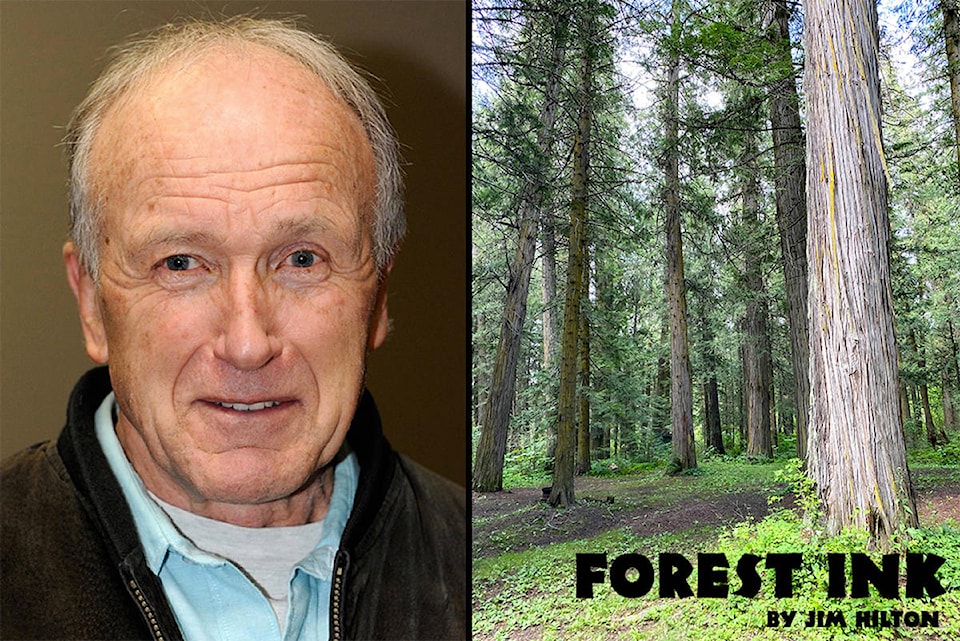It was encouraging to see the prime minister announce Canada’s new commitments to climate change but as many pointed out, promises have been made by governments in the past and we have had trouble meeting those modest commitments. What we need next are some specific examples of how we are going to transition from fossil fuels especially in the transportation sector. Recent research in the US may be promising for a province like B.C. with its diverse timber resources to help switch to biofuels.
Thanks to a friend I was made aware of the following information. An April 15, 2021 article by Aliyah Kovner from the Berkeley Laboratory describes a simplified process of transforming wood and agriculture waste into ethanol. In a study led by Carolina Barcelos and Eric Sundstrom, the scientists used non-toxic chemicals, commercially available enzymes, and a specially engineered strain of yeast to convert wood into ethanol in a single reactor, or “pot.” Furthermore, a subsequent technological and economic analysis helped the team identify the necessary improvements required to reach ethanol production at $3 per gasoline gallon equivalent (GGE) via this conversion pathway. The work is the first-ever end-to-end process for ethanol production from woody biomass featuring both high conversion efficiency and a simple one-pot configuration.
As pointed out in the article, ethanol is already used as an emissions-reducing additive in conventional gasoline, typically constituting about 10 per cent of the gas we pump into our cars and trucks. Some specialty vehicles are designed to operate on fuel with higher ethanol compositions of up to 83 per cent. In addition, the ethanol generated from plant biomass can be used as an ingredient for making more complex diesel and jet fuels (for long range flights), which are helping to decarbonize the difficult-to-electrify aviation and freight sectors. Currently, the most common source of bio-based ethanol is corn kernels—a starchy material that is much easier to break down chemically. Most would agree that using corn for fuel production is a poor use of resources in comparison to using wood and agricultural waste which is often burned on site wasting energy and adding to air pollution.
READ MORE: Ecological conomics not a popular topic for most people
As with any new discoveries the next stages of making ethanol at a commercial level may take some time but at least we have a base to build on. We have made some good progress with the use of logging residuals for bioenergy and wood pellets so ethanol would be another good end product for the residuals from fire proofing stands, dealing with wild fire and beetle killed material and stand rehabilitation. If the simplified process allows for small mobile production facilities maybe our more remote areas would be able to produce ethanol on site which would allow for a more efficient transportation of the ethanol end product relative to the wood biomass. For example in an article I wrote on December 14, 2018 it was estimated that there was 2.7 million oven dry tons (ODT) of residual wood produced every year in the province that is often burned on site rather than being used for energy production. In the Williams Lake TSA there are 250 thousand ODT of residuals produced every year with some of the more expensive (transportation) materials in the western units.
Jim Hilton is a professional agrologist and forester who has lived and worked in the Cariboo Chilcotin for the past 40 years. Now retired, Hilton still volunteers his skills with local community forests organizations.
READ MORE: Japanese buyer expands wood pellet contract with B.C.’s Pinnacle
editor@wltribune.com
Like us on Facebook and follow us on Twitter
